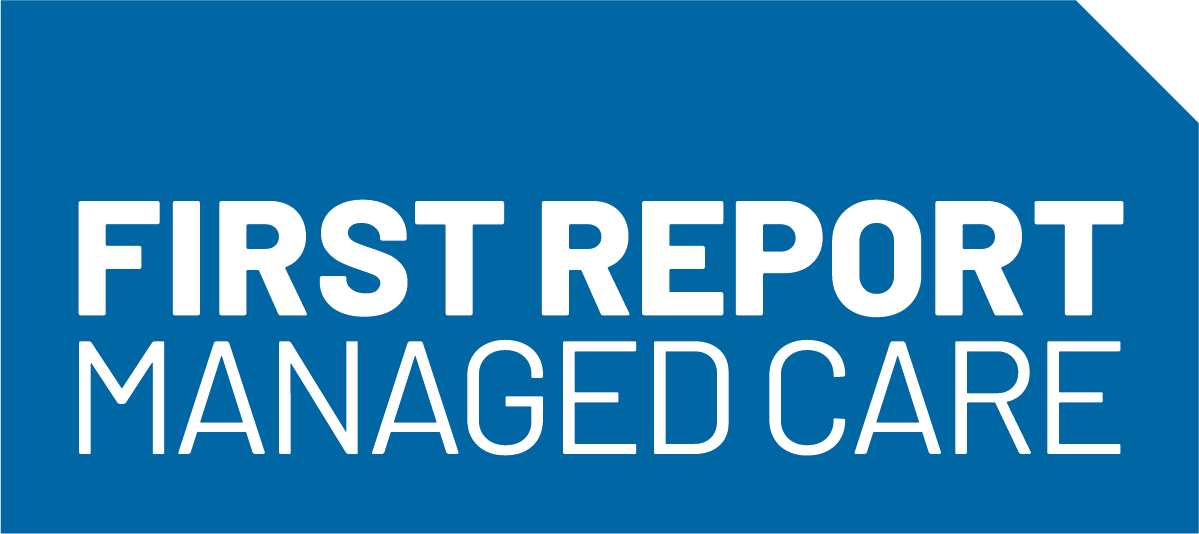Navigating the Impact of IRA Drug Pricing Reforms on Medicare Part D and Formulary Coverage
At AMCP 2025, a panel of experts discussed the evolving coverage incentives for drugs under the Inflation Reduction Act (IRA), focusing on the Drug Price Negotiation Program (DPNP) and available alternatives following the implementation of maximum fair prices (MFPs). The panel also reviewed upcoming changes to Medicare Part D formulary coverage and their potential impact on 340B margins.
Key IRA provisions include Medicare Part D redesign, the DPNP, and inflation rebates. The speakers explained the DPNP in 3 stages: drug selection, “negotiation” of MFP, and effectuation.
For the year 2026, 10 Medicare Part D drugs will be selected for negotiation. Beginning in 2029, up to 20 drugs across Part D and Part B are expected to be included annually. Drug selection is based on gross Medicare spending, and eligibility requires that a drug has been on the market for at least 7 years for small molecules and 11 years for biologics.
MFP negotiation starts with the net price or average sales price (ASP) of a therapeutic alternative. This price is then adjusted using manufacturer-specific data and evidence related to alternative treatments. The first MFPs will take effect on January 1, 2026.
Under the DPNP, Part D plans are required to cover all dosages and formulations of drugs with MFPs in effect, and manufacturers must provide their effectuation plans to Centers for Medicare and Medicaid Services (CMS). Voluntary payment is facilitated via a Medicare transaction facilitator.
The Medicare Part D redesign is split into 3 phases: an initial phase focusing on decreasing plan liability and increasing manufacturer liability, a coverage gap where patient out-of-pocket spending is limited to $2000 with optional smoothing, and a catastrophic phase where plan liability increases as manufacturer liability also increases. The panel also noted that MFP drugs are not subject to applicable manufacturer discounts under the IRA’s Part D Manufacturer Discount Program.
The IRA-related changes in incentives for formulary design include selected drugs, therapeutic alternatives, and branded drugs in competitive classes. Among selected drugs, beneficiary access was often high in 2019 and 2023, increasing from 82% to 91.3%. When addressing utilization management, access without prior authorization was common for cardiovascular and diabetes medications, and access without step therapy was high across all 10 selected drugs. Among cardiovascular and diabetes medications, placement of at least 1 dosage form on formulary tiers 1 to 3 was also common.
Selected drugs had broader coverage and less restrictive utilization management than their therapeutic alternatives in 2024. To evaluate changes in Part D formulary coverage in competitive classes, class was defined in the SSR Health database and a single pharmacological group or US Pharmacopeia (USP) class. Then, “competitive” part D classes were defined to include at least 4 brand-only drugs. Excluded drugs are those administered by an HCP and covered under Part B. Finally, policy-relevant exclusion criteria included legislative coverage mandates and restrictions and were therapeutically relevant.
Between 2024 and 2025, panelists referenced an unpublished National Pharmaceutical Council analysis that revealed an 11.4-percentage point decrease in median coverage when assessing the proportion of beneficiaries with drug coverage, indicating a trend toward greater formulary restrictiveness.
How might the IRA change incentives for formulary coverage? The panel noted that for selected drugs, MFP may reduce flexibility for rebates in Medicare. There may also be an incentive to place selected drugs on less favorable tiers or apply utilization management. For therapeutic alternatives, they will likely retain flexibility for rebates in Medicare and be incentivized to increase nonmedical switching to non-selected technology assessments. For competitive classes, increasing plan liability may increase formulary restrictiveness and increase deductibles and shifts from copayments to coinsurance.
Reference
Einodshofer M, Patterson J, Sarraille W. Inflation reduction act ripple effects: considerations for patient access and 340B. Presented at: AMCP 2025; March 31-April 3; Houston, TX.











